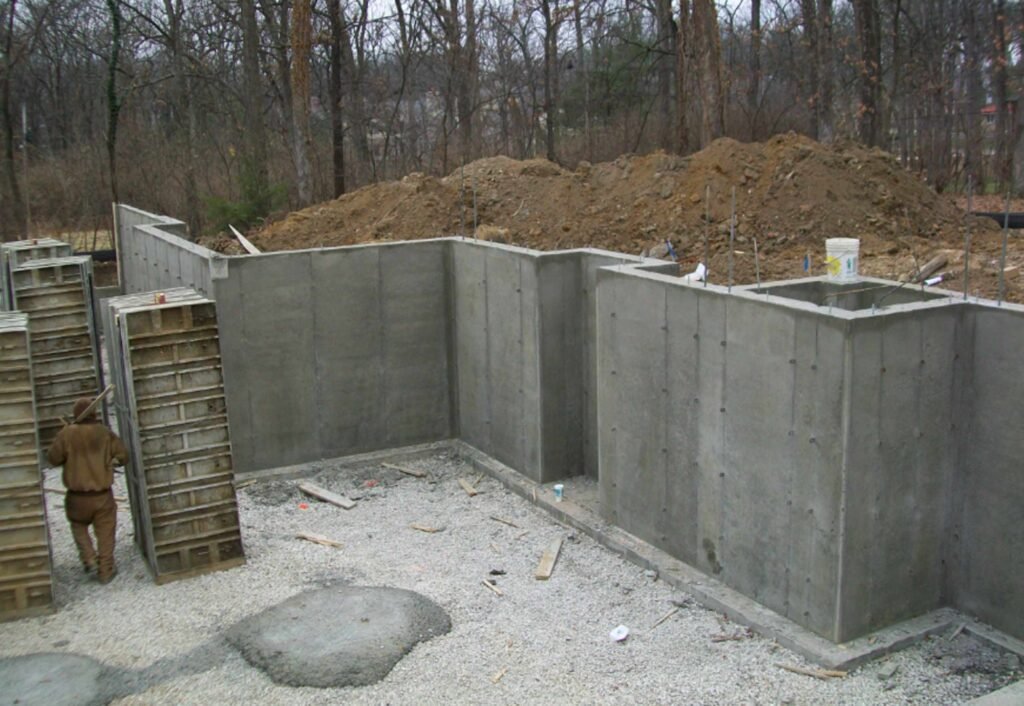There are 2 basic types of concrete foundations. They are; concrete block foundations and poured concrete foundations. Poured concrete is used to make three basic types of house foundations: basements, stem walls and slabs. They are formed differently but with the same basic principles.
Photo by T & H Foundations and Concrete Services – Discover home design design ideas
Regardless of the type or how you build a concrete foundation, the most common problem facing homeowners and contractors is a concrete foundation crack.
A concrete foundation crack is perfectly normal as 66% of all concrete foundations crack within the first year.
The major reason for cracks is concrete shrinkage and a settling concrete foundation. Cracking can also be the result of one or a combination of factors such thermal contraction, restraint (external or internal) to shortening, and applied loads.
However, both poured concrete foundations and concrete block foundations need time to cure. The suggested curing time is 7 days. All concrete must cure to reach full strength.
There are a few things to remember when pouring concrete foundations: All concrete must cure to reach full strength.
- Keep concrete moist to cure it effectively, but use the lowest amount of mix water required for workability and placement; do not permit overly wet consistencies. Concrete gains strength as it solidifies in a process called hydration, in which the Portland cement, that is the “glue,” reacts with water. Dry concrete too fast and it will develop fine surface cracks, which eventually can flake off or spread to weaken the concrete. If the weather is very hot and dry, use plastic sheeting over the exposed top in order to prevent excessive rapid drying of the concrete for both poured concrete foundations and concrete block foundations.
- Use calcium chloride admixtures only when necessary. Provide contraction joints at reasonable intervals, 30 times the wall thickness is a good “rule-of-thumb”.
- If the temperature at the job site is going to fall below freezing within a couple of days after the pour, blankets should be put along the exposed top of the wall for the insulation of both poured concrete foundations and concrete block foundations.
- The standing water in the forms must be drain before pouring the concrete into either the poured concrete foundations or concrete block foundations.
However, a concrete foundation may take up to 60 days before it reaches maximum strength. Use a chemical membrane, typically sprayed on the surface, to keep water in the concrete. Apply these soon after concrete is poured and is setting.
The Structural Engineer Role | How To Build A House (howtobuildahouseblog.com)

